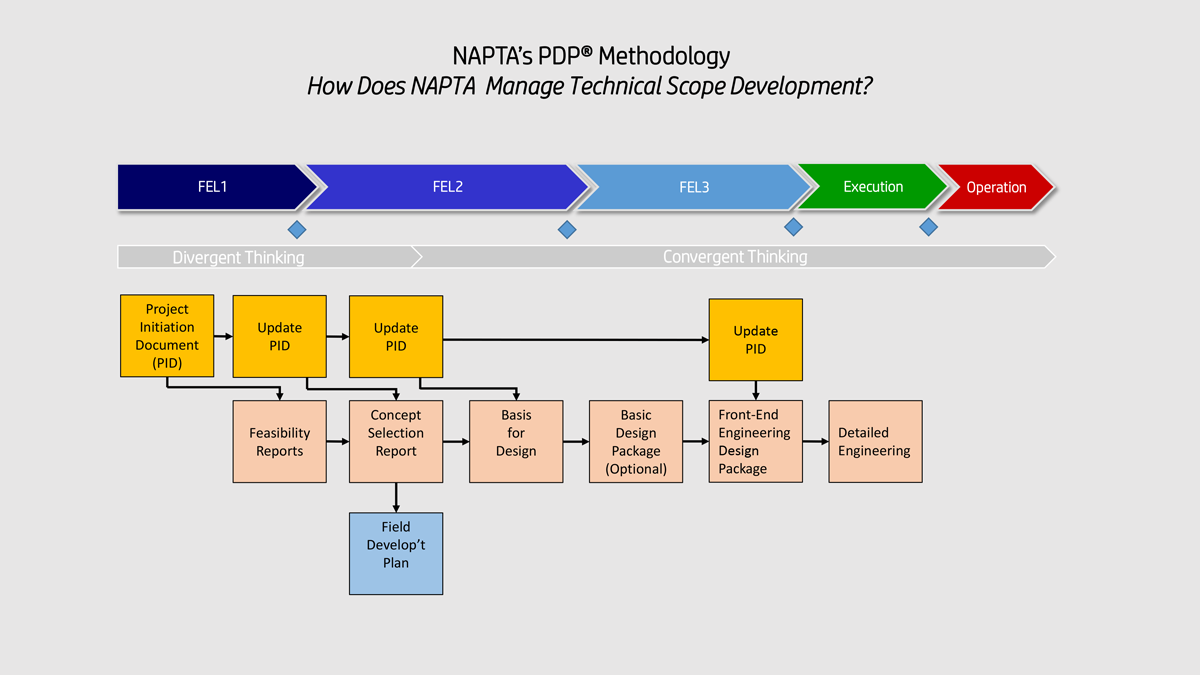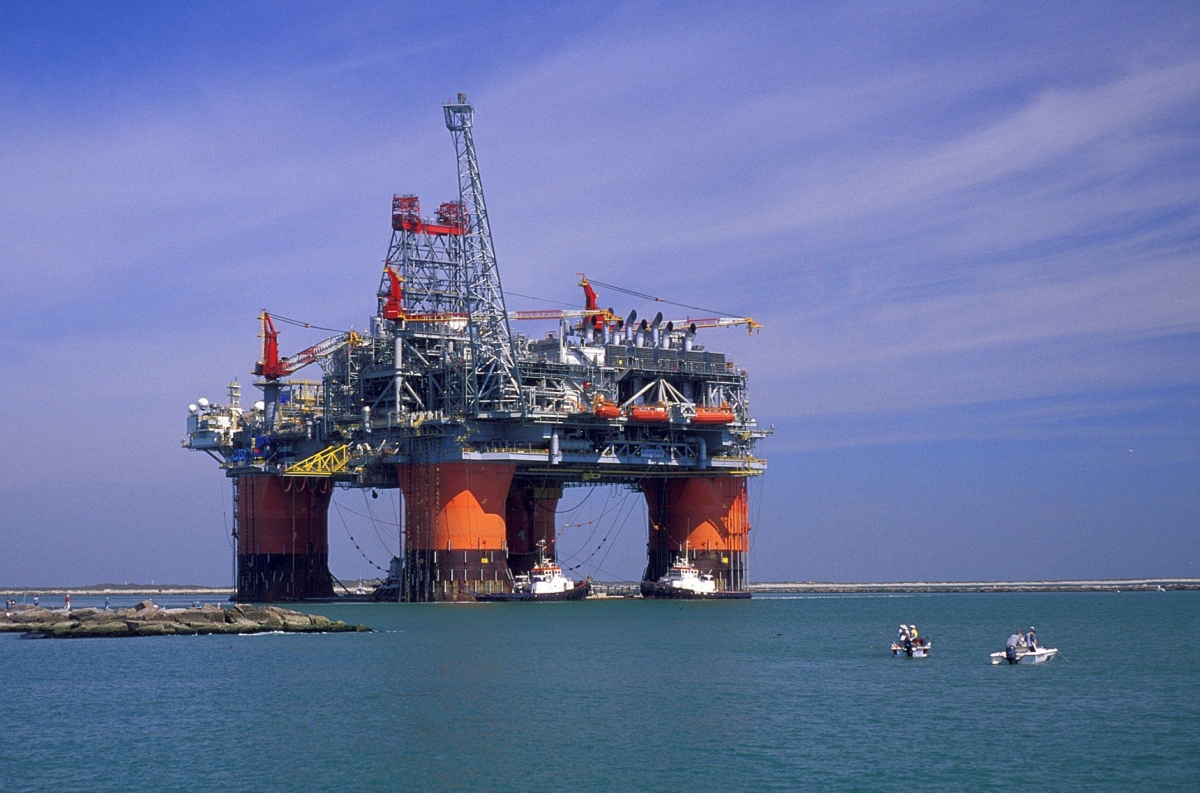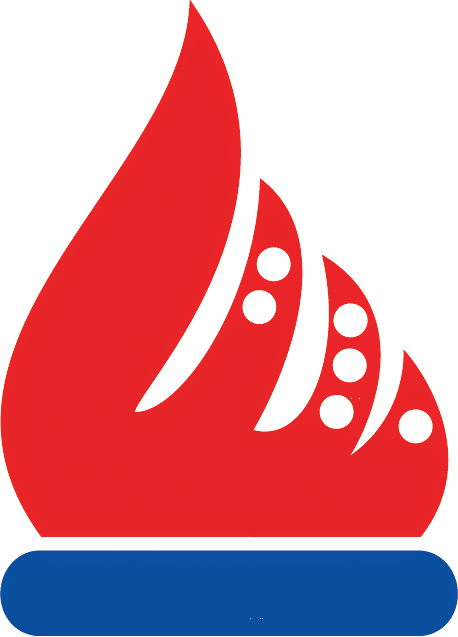Basis for Design (BfD), Basic Design Package (BDP), Front-End Engineering Design (FEED) Package are the mandatory Front End Technical Documents that are developed in the course of FEL3 Phase. During the Project Planning Phase, the project will develop these sets of detailed technical documentations along with a plan for execution of the project, cost estimates, schedule, execution contracts etc. All these are to a detailed level that enables a Final Investment Decision (FID).
The initiating activities at the start of the phase set the structure for the remainder of the activities. The opportunity (re-)framing provide input to many of the processes. Stakeholder management and risk management take place throughout the project phase as well as project management, with all these processes interacting with the other processes. Management of change kicks in in the Project Planning Phase to control change to baseline documentation. A key milestone during this phase is freezing the Process Flow Schemes (PFS’s). In some projects at this stage it may be decided to introduce an extra intermediate technical deliverable, the Basic Design Package (BDP). This can form the basis for tendering the Front-end Engineering Design (FEED) contract. Input from various disciplines are gathered for the Project Execution Plan (PEP) which will then allow for a detailed cost estimate and schedule. The accumulation of information then allows to benchmark the project which will result in actions that are needed in order to close the gap to top quartile performance. Risk based assurance reviews are conducted to ensure we are ‘doing the project right’ and are well set to take the project into Execution Phase. The outcome of these reviews will inform the final investment decision at the end of FEL3 Phase.

Upstream Wells & Projects Delivery
The execution of the project commences once the final investment decision has been taken. Execute contracts are awarded and the teams are aligned. The detailed design can then kick off.
Construction will start, following a construction readiness review, when some, not all, of the detailed design has been done.
Meanwhile various supporting and controlling processes take place like cost and schedule control, contract management, stakeholder management, HSSE&SP management, change management, and the procurements of goods and services. Towards the end of construction preparations for commissioning and start-up are finalised. Precommissioning is done by the project but the actual commissioning is seen as a task for Operations. The Pre start-up Audit (PSUA) is to prove to the asset owner that the Project has been implemented as per design. The owner can then take the decision that the asset is Ready For Start-Up (RFSU).
After commissioning and start-up there are some close out activities for the project to carry out before the formal transition of the ownership takes place. According to the NAPTA’s PDS® this is mandatory that after six to twelve months there must be a review on whether the project is meeting its premises.
For more information please contact NAPTA International B.V.




